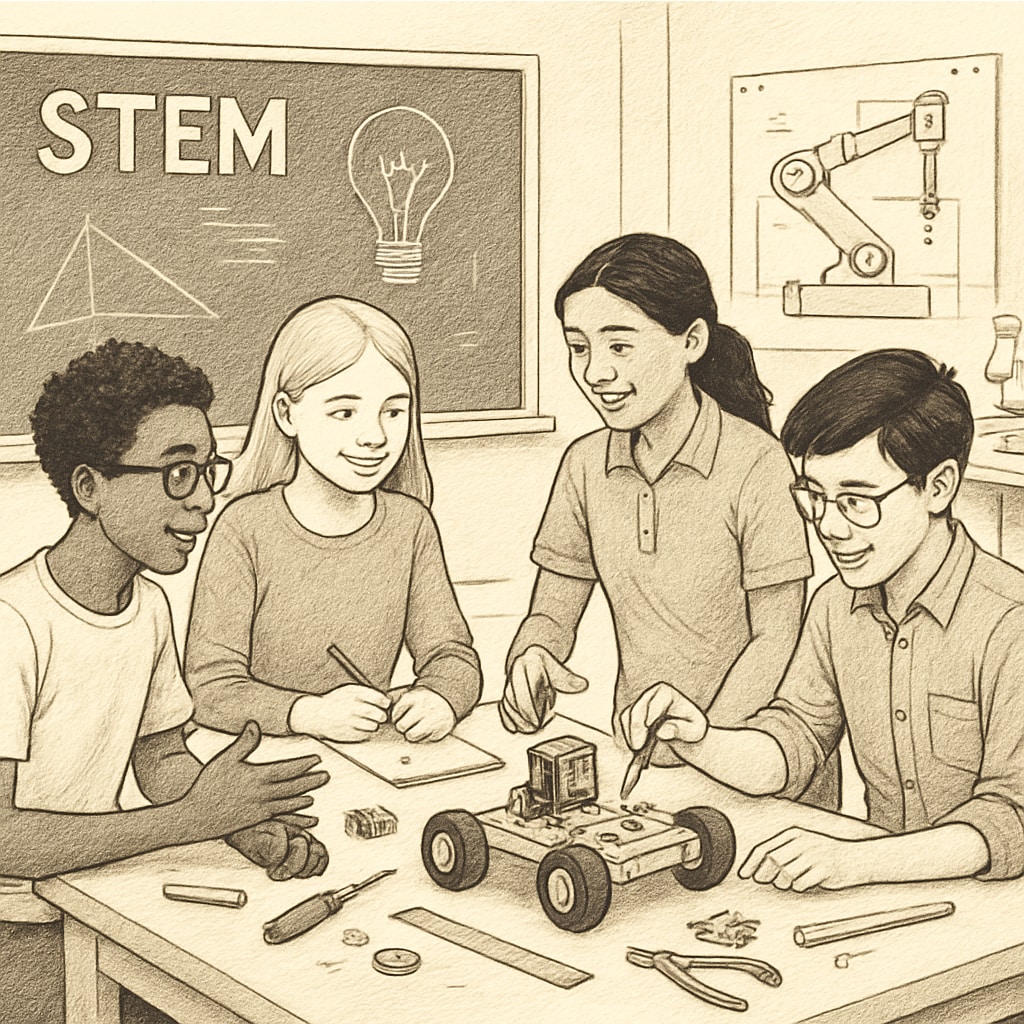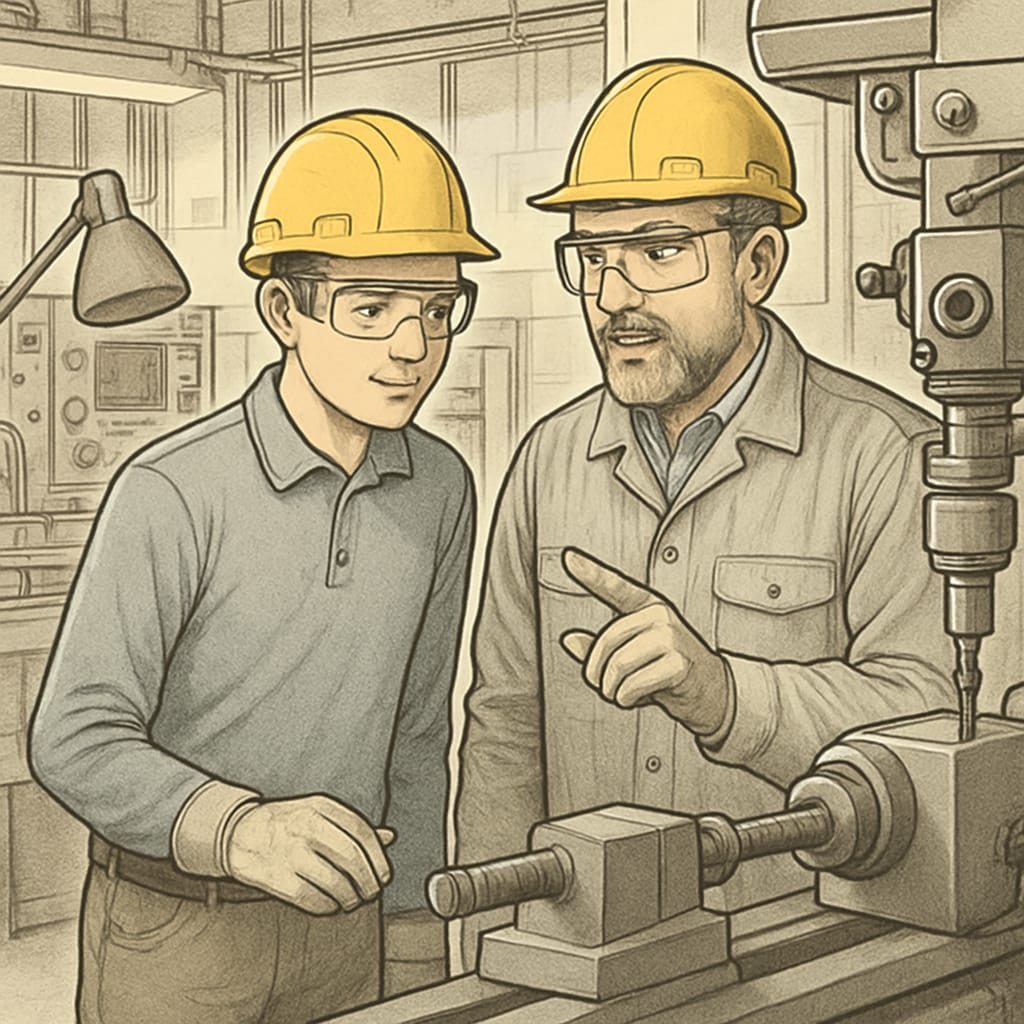In today’s rapidly evolving world, engineering design thinking, graduate education, and career planning are becoming crucial topics for young learners. By embedding these concepts into K12 education, schools can prepare students for advanced studies, such as a master’s degree in engineering, and equip them with a clear vision for their future professions. This article explores strategies for fostering engineering design thinking and career awareness in the K12 stage, emphasizing the importance of integrating these skills to shape well-rounded individuals ready for the challenges of tomorrow.
The Importance of Engineering Design Thinking in K12 Education
Engineering design thinking is a problem-solving approach that emphasizes creativity, critical thinking, and collaboration. Introducing this mindset early in a student’s education can have profound effects on their cognitive and professional development. It encourages students to view challenges as opportunities, equipping them with the tools to innovate and find unique solutions. But how can schools integrate this approach effectively?
- Incorporate Project-Based Learning: Hands-on projects allow students to apply theoretical knowledge to real-world problems, fostering a connection between academic concepts and practical applications.
- Embrace Interdisciplinary Learning: Combining science, technology, engineering, and math (STEM) subjects with arts and humanities helps students understand the broader implications of their designs.
- Promote Collaboration: Encourage teamwork by assigning group projects, which teach students to communicate effectively and value diverse perspectives.
By embedding these principles into the curriculum, educators can nurture the next generation of innovative thinkers and problem-solvers.

Career Awareness and Planning: A Vital Component of K12 Education
While fostering engineering design thinking is essential, career planning should not be overlooked. Introducing career awareness in the K12 stage ensures that students make informed decisions about their academic and professional futures. Here’s how schools can achieve this:
- Provide Exposure to Various Professions: Invite professionals from diverse fields, such as engineering, technology, or design, to share their experiences and insights with students.
- Offer Career Counseling: Dedicated counselors can help students identify their strengths, interests, and potential career paths, guiding them toward relevant educational opportunities.
- Encourage Internships and Shadowing: Real-world experiences give students a taste of different industries, helping them understand what to expect and what skills they need to succeed.
For example, students interested in pursuing a master’s degree in engineering can benefit greatly from internships, as these experiences provide valuable insights into the demands and rewards of the field.

Combining Engineering Design and Career Planning for Holistic Development
To fully prepare students for their future, schools must integrate engineering design thinking with career planning. This holistic approach ensures that students not only develop critical technical skills but also understand how to apply these skills in their chosen career paths. Consider the following strategies:
- Design Thinking Workshops: Organize workshops that simulate real-world engineering challenges, encouraging students to brainstorm, prototype, and iterate solutions.
- Career Exploration Days: Host events where students can interact with professionals, attend seminars, and explore different career options.
- Mentorship Programs: Pair students with mentors who can provide guidance, share experiences, and inspire them to achieve their goals.
In addition, educators should emphasize the value of advanced degrees, such as a master’s in engineering, as a means to deepen expertise and unlock higher career potential. According to the Encyclopedia Britannica, pursuing higher education in engineering often leads to roles with greater responsibilities and opportunities for innovation.
By combining these approaches, schools can create an environment that fosters both academic and professional growth, ensuring that students are ready to thrive in their future endeavors.
The Role of Parents and Communities in Guiding Students
While schools play a significant role, parents and communities are equally important in supporting students’ development. Parents can encourage curiosity and a love for learning by engaging in STEM-related activities at home. Communities, on the other hand, can provide resources, such as local design competitions or maker spaces, to further enhance students’ skills. For example, organizations like FIRST Robotics offer programs that inspire young minds through team-based engineering challenges.
By working together, schools, parents, and communities can create a comprehensive support system that empowers students to achieve their full potential.
In conclusion, fostering engineering design thinking and career planning in the K12 stage creates a strong foundation for students’ academic and professional success. By integrating these skills into the curriculum and providing opportunities for exploration, we can help students design their futures with confidence and purpose.


